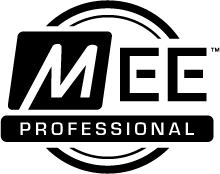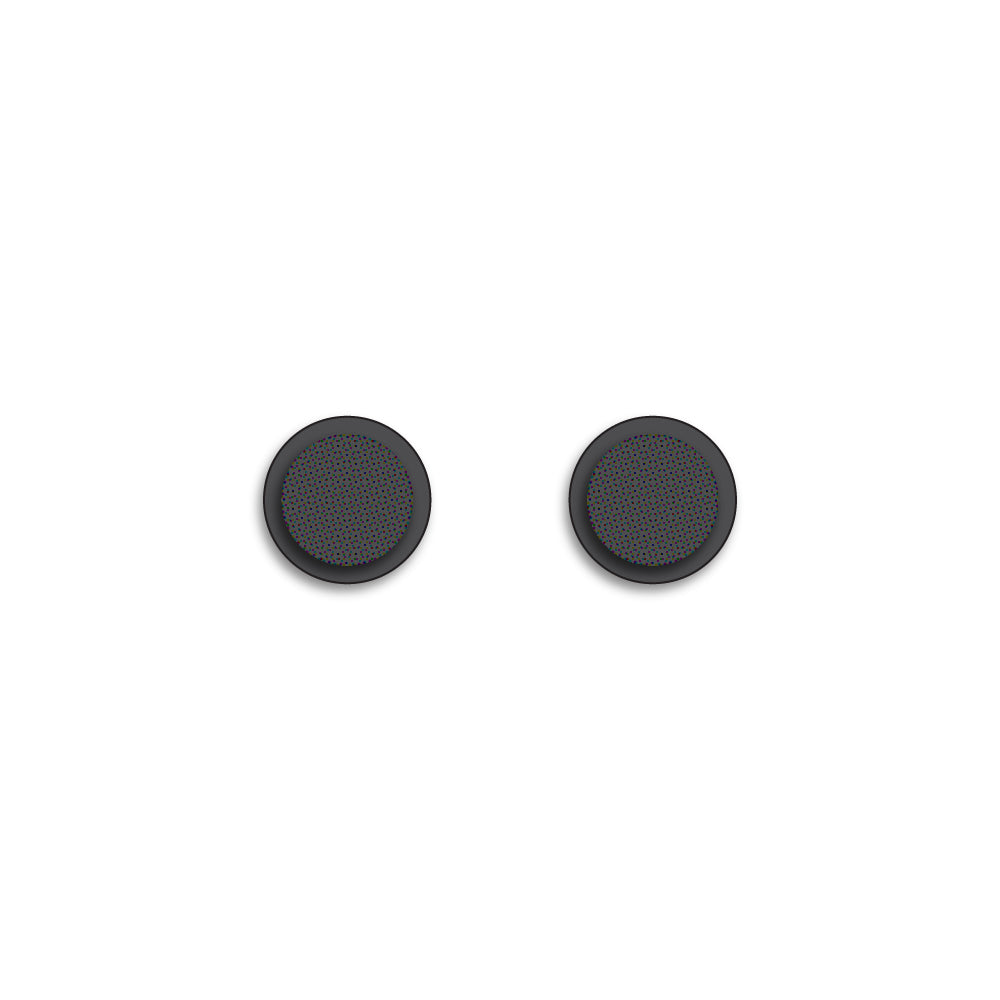
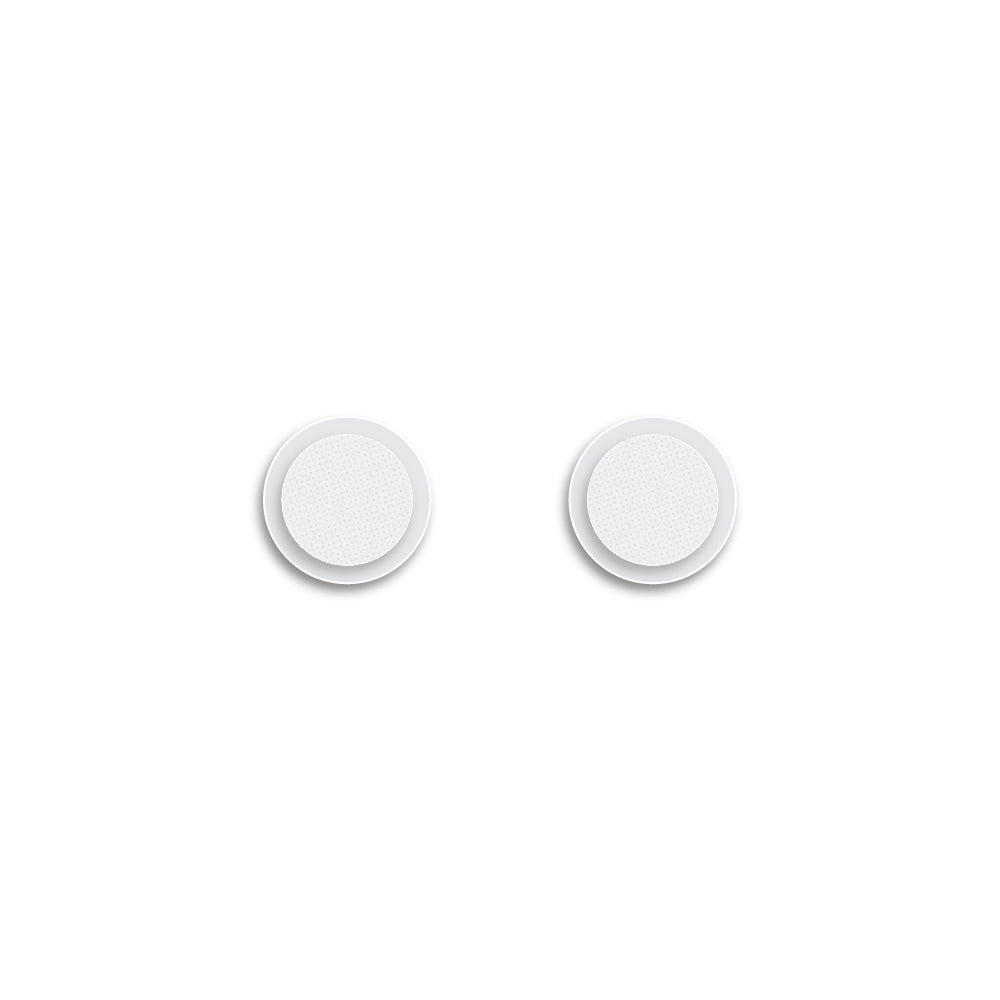
MEE Professional
Replacement Nozzle Filters for MX PRO Series and M6 PRO In-Ear Monitors (Pair)
Original replacement filters for MEE audio in-ear monitors. Earwax filters protect the nozzles of your monitors from earwax, skin oils, and debris.
Available for MEE audio MX PRO series (MX1 PRO, MX2 PRO, MX3 PRO, MX4 PRO) and M6 PRO in-ear monitors. Select your in-ear monitor model and desired filter color at checkout. See below for installation instructions
Pairs well with
Couldn't load pickup availability
Pickup available at MEE audio Warehouse
We'll email you when your order is readyFeatures
What are earwax filters?
Earwax filters, also sometimes called wax screens or wax guards, are mesh guards that fit at the opening of the nozzle and protect the sound channels of your in-ear monitors from earwax and other debris.
Over time, earwax and skin oils can build up on the filters and cause the sound to become lower or even be blocked completely. We recommend cleaning your filters (and ears!) often to prevent earwax buildup, but in some cases replacing the filters may be the best way to restore your monitors’ performance.
Why are the filters different for each model?
Using different thickness filters can affect the audio performance of your monitors. When ordering replacements, be sure to select your exact in-ear monitor model from the dropdown menu to maintain the original audio specifications.
Do colors matter?
No, the filters intended for the same model (e.g. MX1 PRO) are identical in thickness between the two colors, so filter color is a matter of preference.
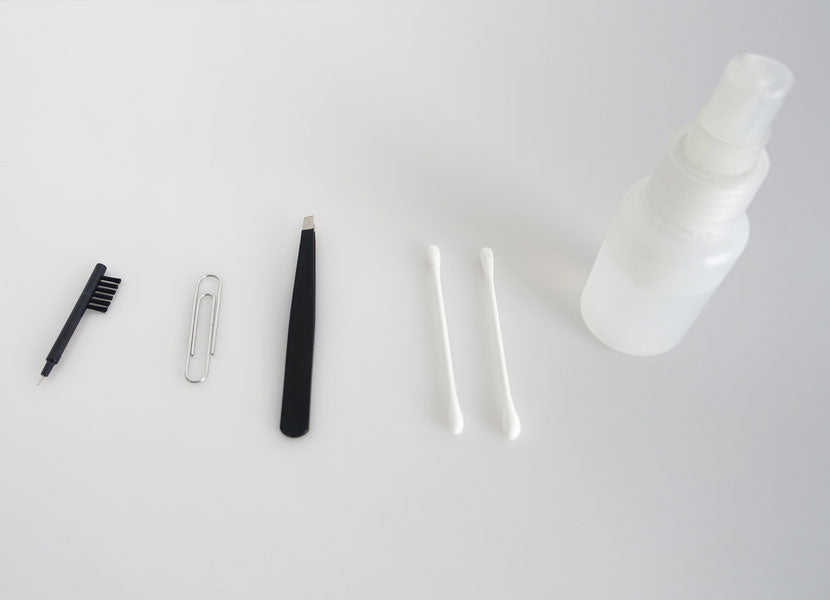
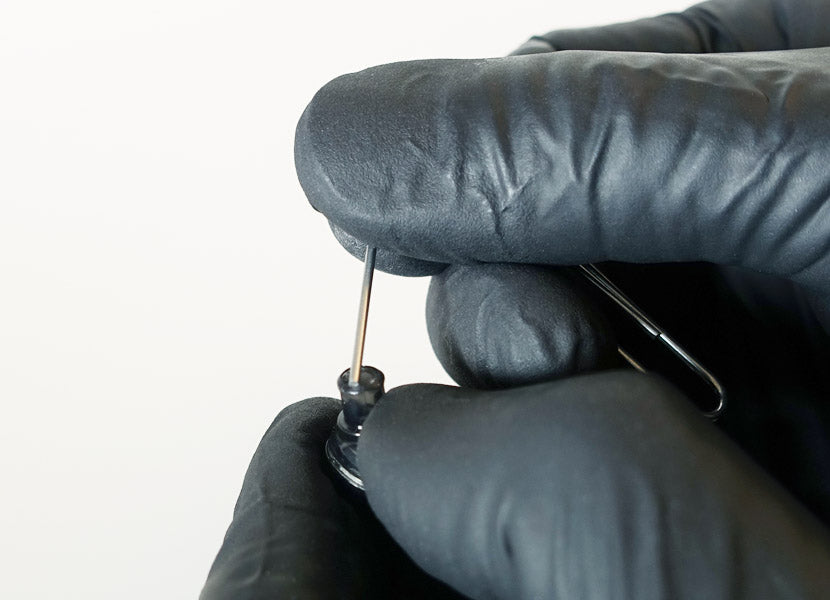
Instructions for changing your filters:
- Remove original filters. They have a sticky backing and can be removed with tweezers or with any thin object such as a toothpick or the end of a paperclip
- Check that the audio volume is restored once used filters are removed

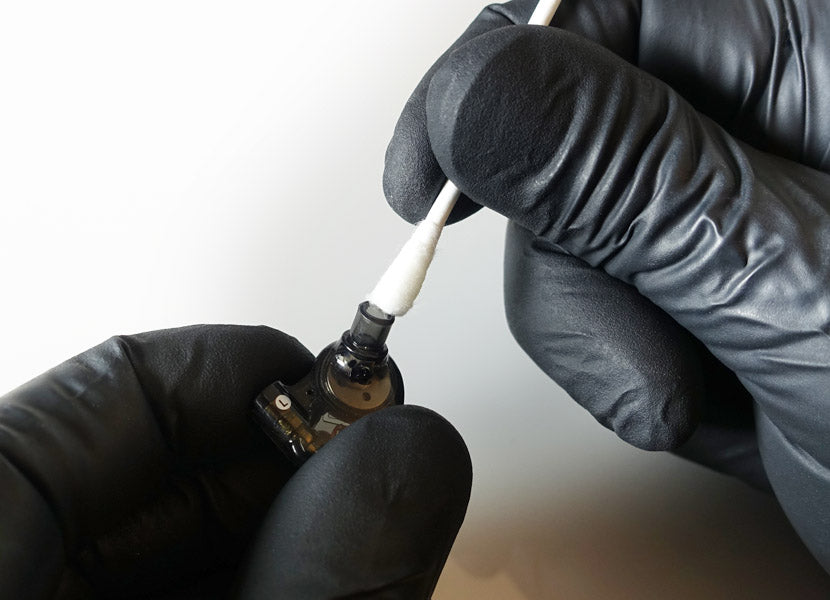
- Wipe the nozzle with a q-tip damp with hydrogen peroxide or rubbing alcohol to clean it and allow to dry, being careful not to allow any liquid to drip into the earphone housing
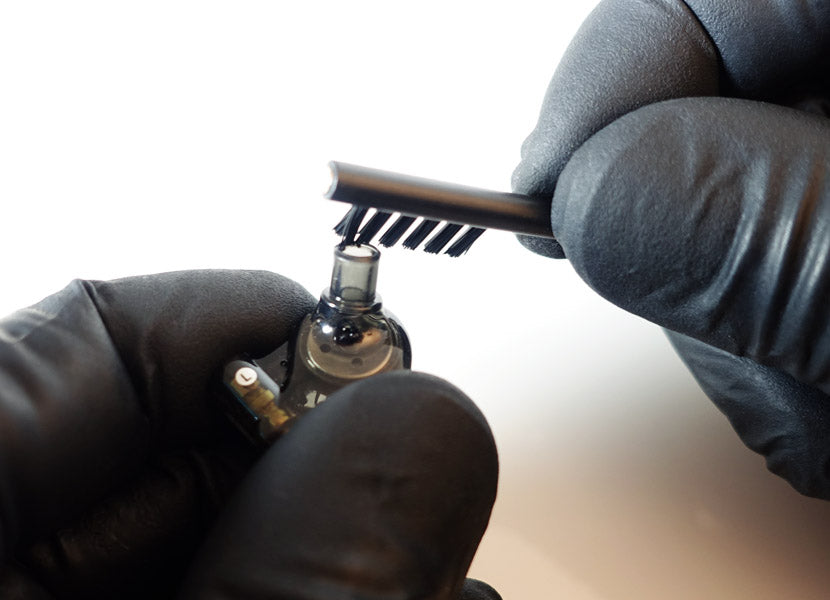

- Peel new filters off of their protective backing and place them over the nozzle opening. Tweezers may be helpful with this step. If tweezers are not available, place the filters over the nozzles with your hands and use a toothpick or similar object to ensure even adhesion around the edges.
- Keep your new filters clean by rubbing them down with a peroxide-dampened q-tip, or use our cleaning tool.

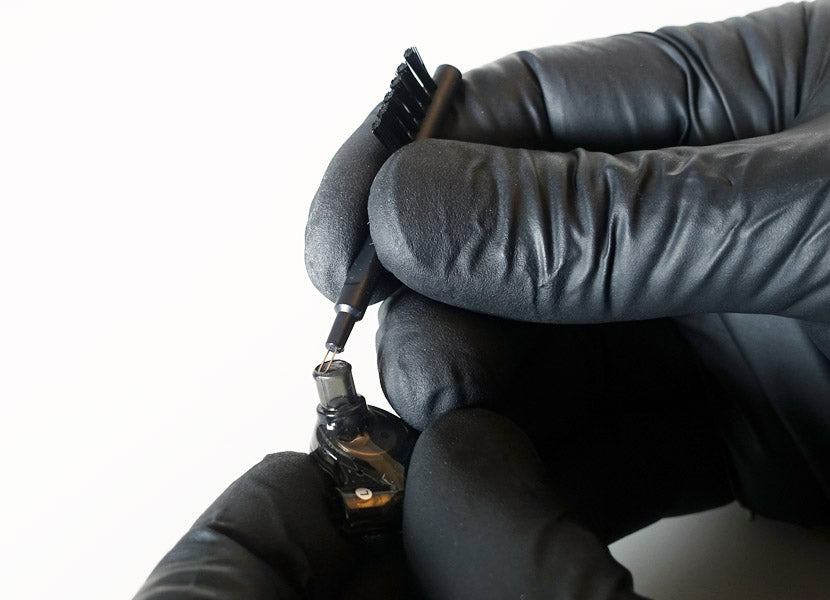
Answers to some common questions can be found below. If you need any additional assistance, please contact us and we’ll get back to you within 1 business day.
Reach out
Get in touch with us:
- Use the 'Chat' button in the lower right hand corner
- Email support@meeaudio.com
- Call us at (626) 965-1008
We are open M-F 9am-5pm PST (except holidays)
How long will my product take to ship?
We strive to ship most orders out within 1-2 business days. However, custom-fit and custom-engraved products require additional manufacturing time, which is noted on their respective product pages. If you select the “pickup” option, please wait for the notification email before picking up your order. For more information, visit our Shipping Info page.
I need to send in ear impressions for a custom-fit product
When ordering custom-fit eartips, earplugs, or in-ear monitors, please place your order first, then follow the step-by-step instructions on the Custom-fit Info Page to have your ear impressions made and sent to us.
I have a question about custom-engraved artwork
Visit the Custom Artwork Knowledge Base page to learn about the options (and limitations) of our artwork engraving process, and see our Custom Artwork Gallery for ideas & inspiration.
I need help with a product
Visit our Knowledge Base for product guides and our Support Center for care and maintenance information and to learn more about our warranty, returns, and the lifetime replacement program.
California Residents WARNING:
Cancer and Reproductive Harm - www.P65Warnings.ca.gov
For more information about this warning visit MEEaudio.com/prop65


